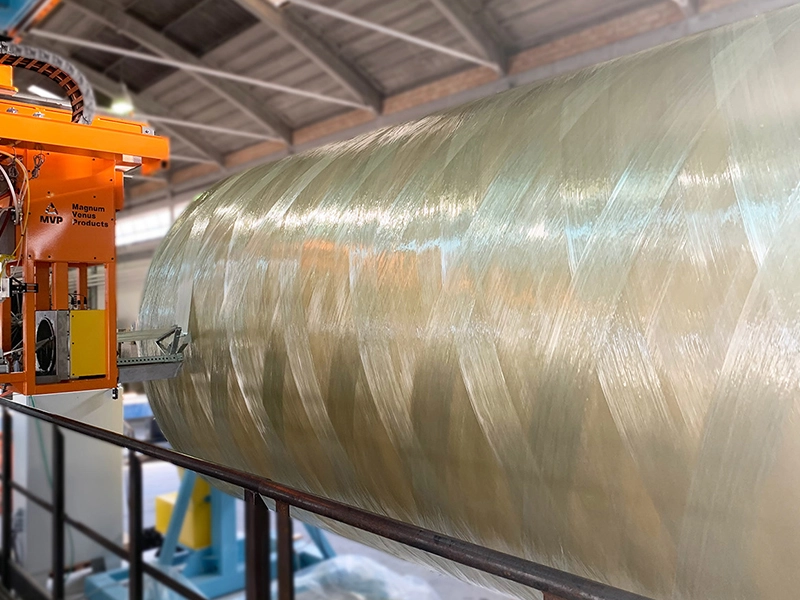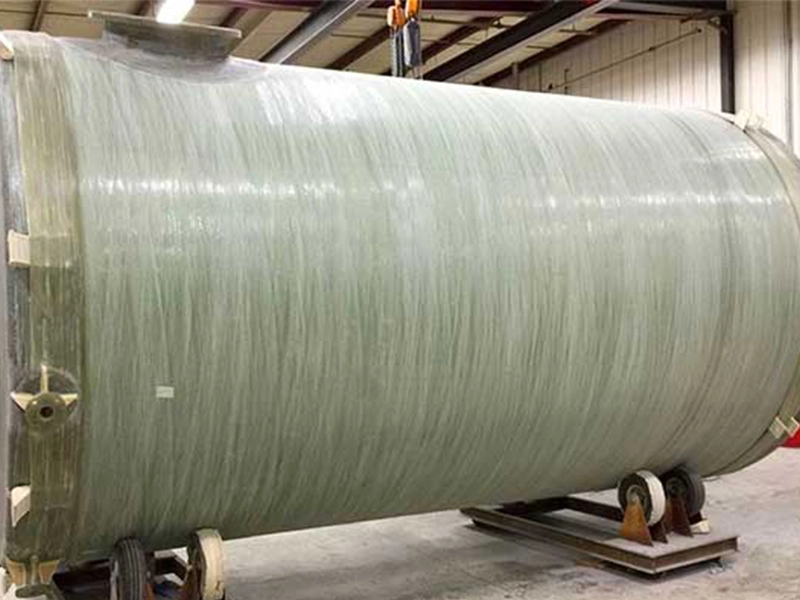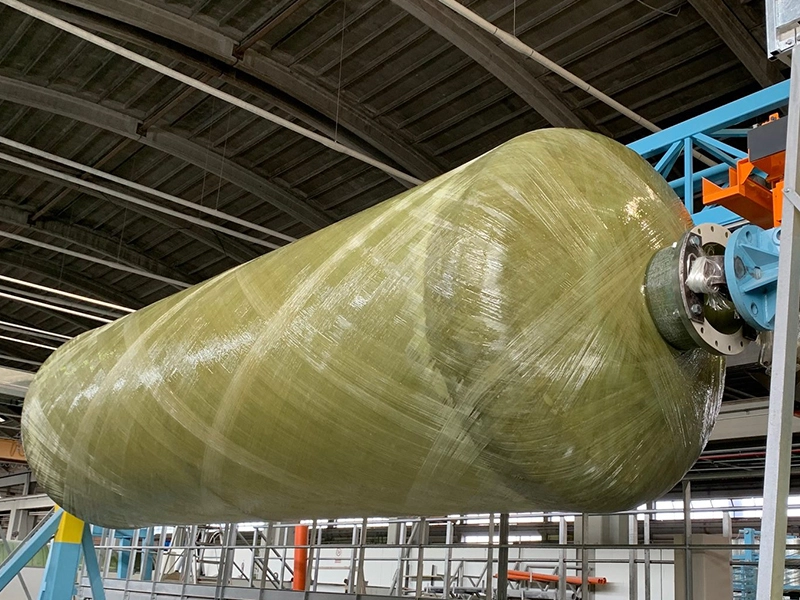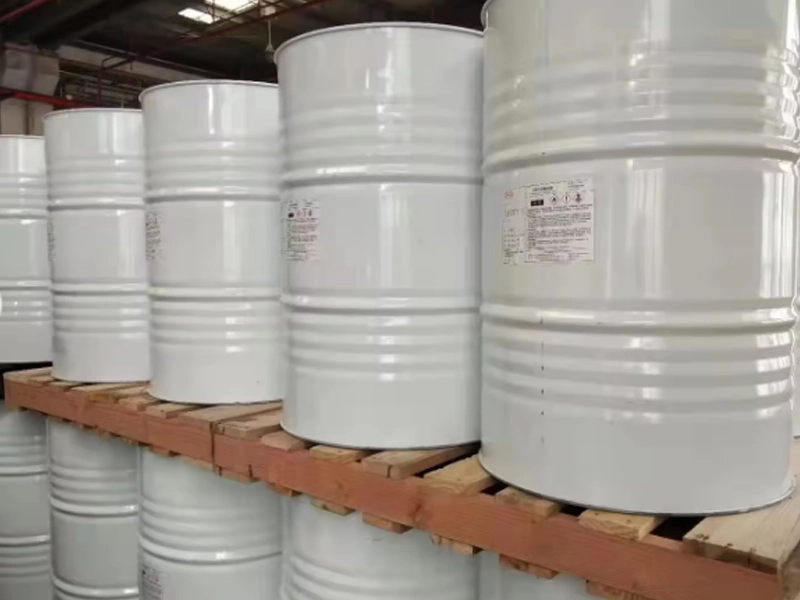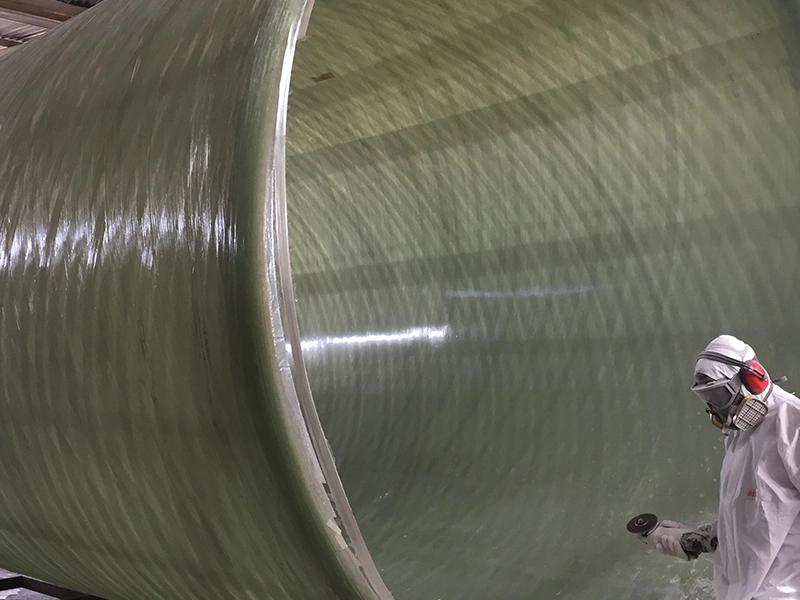Filament winding resin is specifically formulated to have the right viscosity, curing time, and mechanical properties to ensure proper impregnation of the fibers and strong adhesion between the fibers and the resin matrix. It is typically a two-component system, consisting of a resin component and a hardener component that, when mixed together, initiate a chemical reaction that causes the resin to cure and harden.
The properties of filament winding resin can be tailored to meet specific requirements, such as high strength, stiffness, impact resistance, or temperature resistance. This makes it an ideal material for a wide range of applications, including aerospace, automotive, marine, and sporting goods industries.
Overall, filament winding resin plays a crucial role in the filament winding process, enabling the production of lightweight, high-strength composite structures that offer excellent performance characteristics. Its versatility and customizable properties make it a popular choice for manufacturers looking to create innovative and durable products.
| Model | Type | 25℃ pa.s Viscosity | Min Gel Time | Non-volatile | MPa Tensile Strength | Elongation | MPa Flexural Strength | HDT ℃ | Application&Remarks |
|---|---|---|---|---|---|---|---|---|---|
| 191DC-G | DC | 0.20-0.45 | 6.0-12.0 | 68-74 | 58 | 2.9 | 93 | 85 | Green color resin, specially for green color pipes and other products |
| DC191 | DC | 0.20-0.45 | 6.0-12.0 | 68-74 | 58 | 2.9 | 93 | 85 | General FRP products and small pipes |
| 191 | PA | 0.25-0.45 | 9.0-17.0 | 61-70 | 60 | 3.5 | 112 | 70 | Highly applicable resin for General FRP products |
| 9196 | DC | 0.25-0.45 | 5.0-18.0 | 68-75 | 50 | 2 | 90 | 85 | Water clear GP resin for general FRP products |
| 196 | PA | 0.25-0.45 | 9.0-17.0 | 61-67 | 60 | 1.8 | 113 | 66 | Hand layup normal FRP products , especially translucent products |
| 196F | PA | 0.25-0.45 | 9.0-17.0 | 61-67 | 60 | 1.8 | 111 | 66 | Hand layup and winding process food grade FRP products |
| 5118F | ISPA | 0.35-0.80 | 5.0-13.0 | 63-71 | 60 | 2.3 | 110 | 70 | Food grade container, pipes and other FRP products |
| 199 | ISPA | 0.35-0.65 | 10.0-16.0 | 56-64 | 55 | 1.8 | 90 | 120 | Resist to 120℃, suitable for FRP require heat-resistant property |
| 199X | PA | 0.35-0.65 | 13.0-19.0 | 56-62 | 60 | 2 | 90 | 115 | Resist to 115℃, suitable for FRP require heat-resistant property |
| 3301 | ABPA | 0.35-0.58 | 5.8-10.7 | 56-62 | 55 | 2 | 105 | 100 | Resist to 115℃, suitable for FRP require heat-resistant property |
| 197 | ABPA | 0.40~0.50 | 10~25 | 47~53 | 60 | 2 | 90 | 115 | CEE type, excellent corrosion resistance for FRP |
Here are the key points about the application of resin in the filament winding process:
- Resin Preparation:
- The resin, hardener, and any other additives are carefully measured and mixed according to the manufacturer’s specifications.
- The resin viscosity may be adjusted by adding solvents or thinners to achieve the desired flow and impregnation properties.
- Proper personal protective equipment (PPE), such as gloves and respirators, should be used when handling the resin.
- Fiber Preparation:
- The reinforcement fibers, such as glass, carbon, or aramid, are carefully wound onto the rotating mandrel or form.
- The fiber tension and winding pattern are controlled to ensure the desired fiber orientation and distribution.
- Resin Application:
- The resin is typically applied to the fibers using a resin bath or a metering system that dispenses the resin directly onto the fibers as they are being wound.
- The resin application rate is carefully controlled to ensure complete impregnation of the fibers and to avoid excessive resin buildup.
- The resin should be applied in a continuous, even flow to maintain a consistent fiber-to-resin ratio throughout the winding process.
- Curing:
- The wound part is typically cured at elevated temperatures, either in an oven or using external heating sources, to accelerate the curing process.
- The curing cycle is carefully monitored and controlled to ensure proper cross-linking of the resin and to minimize the risk of defects, such as voids or delaminations.
- Mandrel Removal:
- Once the part is fully cured, the mandrel or form is carefully removed, often using a release agent or mechanical means.
- The removal process should be done in a way that preserves the integrity of the finished part.
- Post-Processing:
- The cured part may undergo additional finishing steps, such as trimming, drilling, or surface treatment, depending on the final application requirements.
- Any excess resin or waste materials should be properly disposed of according to environmental regulations.
Effective resin application is crucial in the filament winding process, as it ensures the proper impregnation and bonding of the reinforcement fibers, which directly impacts the mechanical properties and performance of the final composite part. Careful control of the resin application and curing parameters is essential for producing high-quality filament-wound components.
Here are some frequently asked questions (FAQs) about the use of resin in the filament winding process:
- What types of resins are commonly used in filament winding?
- The most common resins used in filament winding are thermosetting resins, such as epoxy, polyester, and vinyl ester. These resins provide good mechanical properties and chemical resistance.
- How does the resin viscosity affect the filament winding process?
- The resin viscosity should be low enough to allow for proper impregnation of the fibers, but not too low, as it can lead to excessive resin buildup and dripping. The optimal viscosity range is typically between 100 and 500 centipoises (cP).
- What factors influence the resin-to-fiber ratio in filament winding?
- The resin-to-fiber ratio is influenced by factors such as the fiber type, winding tension, resin application rate, and mandrel rotation speed. The target ratio is typically between 30-50% resin by volume.
- How is the resin curing process controlled in filament winding?
- The curing process is controlled by adjusting parameters such as temperature, time, and the use of catalysts or accelerators. Proper curing ensures the desired mechanical properties and dimensional stability of the final part.
- What are the common defects associated with resin application in filament winding?
- Potential defects include voids, resin-rich or resin-starved areas, delaminations, and poor fiber-to-resin bonding. These can be caused by improper resin mixing, application, or curing.
- How is the resin waste and disposal handled in filament winding?
- Unused resin, contaminated solvents, and other waste materials should be disposed of according to local environmental regulations. Proper containment and recycling of waste materials can help minimize the environmental impact.
- What are the safety considerations when handling resins in filament winding?
- Proper personal protective equipment (PPE), such as gloves, goggles, and respirators, should be used when handling resins. Adequate ventilation and spill containment measures are also important for worker safety and environmental protection.
Understanding the proper selection, application, and control of resins is crucial for ensuring the quality and performance of filament-wound composite parts. Addressing these resin-related FAQs can help operators and engineers optimize the filament winding process.
